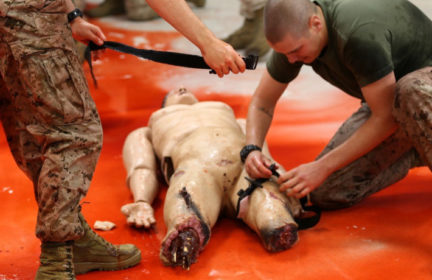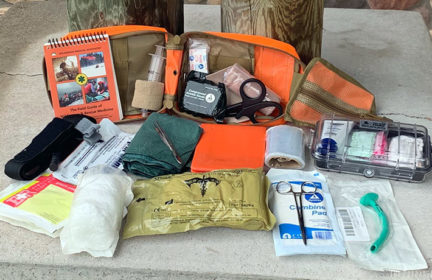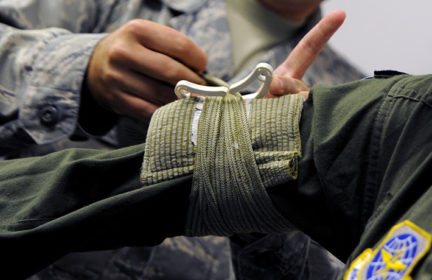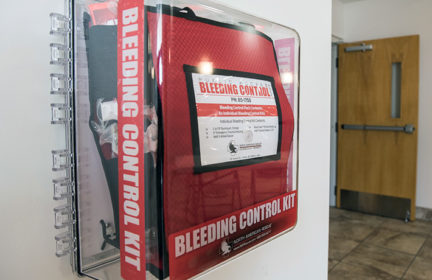EDC FAK for classroom/school use
Good afternoon!
I teach at a commuter college in a major metropolitan area that in recent years has experienced a disproportionate number of school shootings (mass shootings, drive-bys, and the occasional random disgruntled student shooting at a classmate). In at least one instance, a couple of students lives were saved by quick-thinking campus security guards who applied tourniquets while waiting for EMS to arrive. Fortunately, none of these incidents have affected my school yet BUT it does seem like a reasonable situation to be prepared for.
While I do keep FAKs in my truck and office, I’m thinking about putting together a small EDC (sub-Level I) that I could stash in my book bag or briefcase while in meetings or classes where, in certain types of emergencies, it wouldn’t be practical or possible to retrieve a larger FAK from my office or truck.
Another variable that I’d like to consider is tornadoes, since we live in tornado country, which would likely be the other main scenario where I might find a need for a FAK but am unable to retrieve my main kit from my truck or office.
For most other likely scenarios, if the smaller EDC classroom kit was insufficient, I’d most likely be in a position to retrieve my main kit or, at least, hold things together until campus security and/or EMS showed up. Another piece that’s helpful is our school now has AEDs on every floor of every building. I’ve heard that some schools now stock basic “trauma kits” in each and every classroom so, if that’s a things, perhaps I could suggest that our school consider doing that as well.
With this background in mind, here’s my question: Based on this prioritized FAK list, how far down the list would you recommend that I go in assembling an EDC FAK for the purposes described above AND would you recommend changing adding or deleting anything from the topi-tier Level I list?
Thanks for your input!
-
Comments (4)
-




